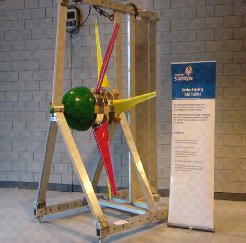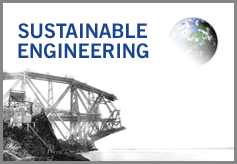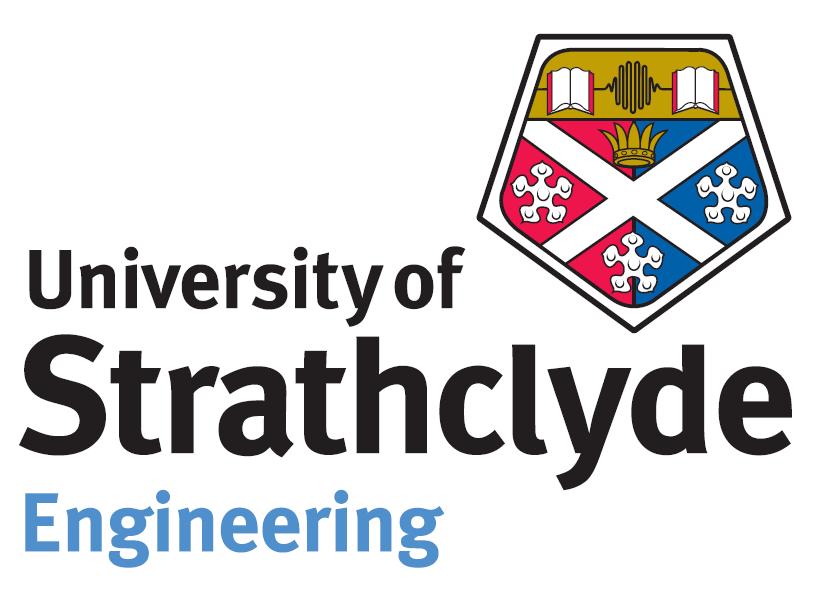University of Strathclyde & Nautricity
CoRMaT – Contra-Rotating Marine Turbine
 The University of Strathclyde has become extensively involved in the production of renewable energy and at present are developing a contra-rotating tidal current turbine for sea applications using a mechanical power takeoff.
The University of Strathclyde has become extensively involved in the production of renewable energy and at present are developing a contra-rotating tidal current turbine for sea applications using a mechanical power takeoff.
The device consists of two rotors (3 blades upstream and 4 blades downstream) rotating in opposite directions. The addition of the second rotor allows more power to be extracted from the device. It is powered by the swirl created by the first rotor, maximising the use of the resource available.
Maintenance requirements are low; however, when the devices do require maintenance, they can be taken from the sea, maintained on board and returned. When greater maintenance is required, the devices can be taken by boat back to shore and serviced there whilst a spare device takes its place.
The 2.5m diameter rotor prototype has undergone sea trials and produced some impressive results. The novel technology is now being developed further to create a complete system incorporating a direct drive generator and a tension mooring system.
The technology is suitable for grid connected power systems and stand alone power systems such as those for island communities, paper mills, etc.
Key Advantages
Rotors are more efficient in comparison with other similar sized turbines and yield a higher power output.
The additional rotor allows more energy to be extracted from the same resource whilst minimizing rotational torque on the turbine structure. This net reactive torque allows the elimination of a pile used for the supporting structure and a simple mooring system can be used instead.
The simple mooring system allows greater deployment potential since the lack of pile allows deep water deployment >40m. Also, the use of a simple mooring system as opposed to a pile reduces the capital cost of the device by up to half.
The simple direct drive generator and elimination of a gearbox allows low maintenance requirements.
The reduced swirl in the wake of the turbine reduces the environmental impact associated with disturbance of seabed and aquaculture downstream of the device.
If flow acts on the turbine at a yawed angle, the simple mooring system allows the turbine to align itself into the flow of the water.
Drawbacks
The technology is a new concept and is in its early stages of development.
References:
Design and testing of a contra-rotating tidal current Turbine, J A Clarke, G Connor, A D Grant, and C M Johnstone
Development and Testing of a Contra-Rotating Tidal Current Turbine on a Flexible Mooring, Joe Clarke, Gary Connor, Andrew Grant, Cameron Johnstone
University of Strathclyde University, (www.strath.ac.uk/esru)





